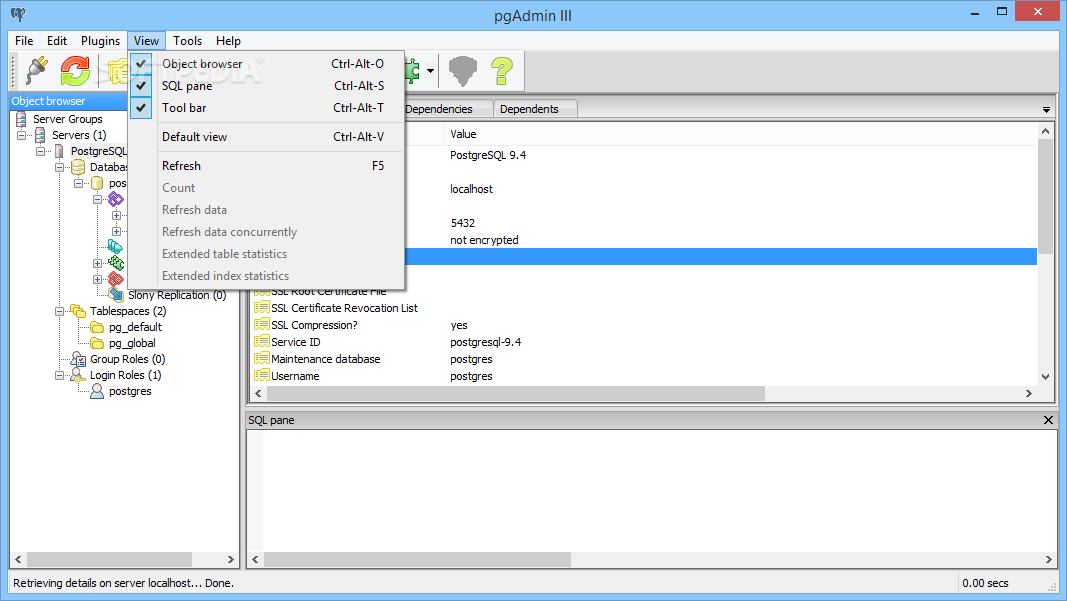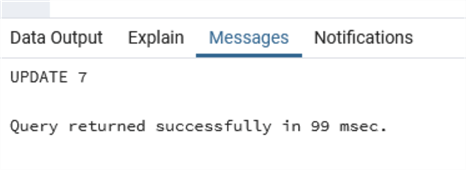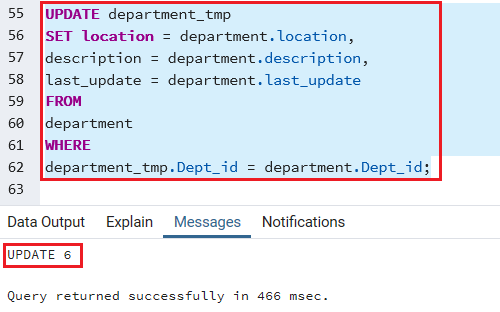
Take note of the following SQL statement, and how you can delete all rows from a table if you need to, but don't run it against your current database. We'll want to use the current data in the users table in the next section. If omitted, all the rows in the table will be deleted. Just as with UPDATE, the WHERE clause in a DELETE statement is optional. If you did want to do this however, it can be done with a very simple statement. It's rare that you will want to delete all the rows in a table. We could have used just the id column to achieve the same result adding the full_name column to our condition adds some extra protection from inadvertently typing in the wrong value for id. We used both the full_name and the id columns to target the Harry Potter record for deletion. In this case only one row matched the conditions in our WHERE clause and so that row was deleted. The DELETE 1 response tells us how many rows were deleted by our DELETE statement. WHERE full_name='Harry Potter' AND id > 3 Let's delete one of the rows that contain our duplicate name. We resolved our duplicate 'Jane Smith' issue by updating the full_name of one of those rows, but we still have two Harry Potters.
#UPDATE POSTGRESQL HOW TO#
Let's try this out before moving on to look at how to delete all of the rows in a table. The form of a delete statement is somewhat similar to UPDATE: DELETE FROM table_name WHERE expression Īs with UPDATE, the WHERE clause in a DELETE statement is used to target specific rows. The DELETE statement is used to remove entire rows from a database table. This is where the DELETE statement comes in.

Sometimes simply updating the data in a row isn't enough to fix a particular data discrepancy, and you need to remove that row altogether. Here, only a single row matched the conditions specified in our WHERE clause, and so only that row was updated.
#UPDATE POSTGRESQL UPDATE#
UPDATE users SET full_name='Alice Walker' WHERE id=2 Let's do that in order to change one of our duplicate Jane Smiths to have the name "Alice Walker". Since all of our rows have unique values in the id column, that's a good column to use in our WHERE clause when targeting a specific row. These are the four rows that matched the conditions in our WHERE clause.Īs long as the WHERE clause is specific enough, we can even update a single user as well. This indicates that four of the five rows in our table had the value of enabled set to true. Notice that on this occasion the response is UPDATE 4.


We want to make Harry Potter and Jane Smith active users once again. We previously set all users to be disabled. Using a WHERE clause lets us update only the specific rows that meet the condition(s) set in that clause. In general, you'll update specific rows based on some criteria by including a WHERE clause. Updating all the rows in a table like this is fairly unusual. This includes the row where enabled already had a value of false. The UPDATE 5 response tells us how many rows had the value for the enabled column set to false by our UPDATE statement. One thing we might want to do in our users table is disable all of our users at once, for example in response to a security issue. First we'll look at updating all of the rows in a table, and then how to target specific rows to be updated. Let's try out UPDATE with a few simple examples.

You can always test your WHERE clause in a SELECT statement to check which rows are being targeted, before then using it in an UPDATE statement. Even when using a WHERE clause care must be taken to ensure that it is restrictive or specific enough to target only the rows that you want to modify. If omitted, PostgreSQL will update every row in the target table, so before executing such a query be sure that this is actually what you want to do. The WHERE clause in the above syntax example is optional. We can specify any table in our database to update and specify any number of columns within that table. This statement can be read as, "Set column(s) to these values in a table when an expression evaluates to true". ) indicates that you can specify multiple column_name = value entries.


 0 kommentar(er)
0 kommentar(er)
